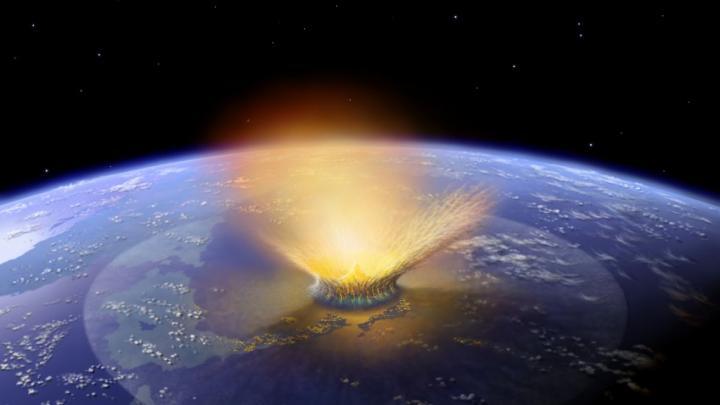According to The Express;
The gigantic missile thought to measure almost a mile across will brush closer than previous monsters which have sparked a global panic.On this occasion a collision seems unlikely - but it doesn't take much of an orbital perturbation to put an Earth grazer onto a collision course.
Worried astronomers warned 1999 FN53, which is an eighth of the size of Mount Everest, will skim the Earth in THREE DAYS.
A collision would be nothing short of catastrophic triggering mass destruction, earthquakes and global extinction.
The monster is more than TEN TIMES bigger than other meteorites currently visible on NASA's Near Earth Object radar.
It is also double the size of the gargantuan 2014-YB35 which had astronomers around the world watching the skies in March.
Experts warn a collision would trigger an explosion similar to millions of megatons of TNT and would be capable of killing 1.5 billion people.
A collision of 1999 FN53 with Earth, especially an ocean strike, would be nothing short of catastrophic. The fire and blast alone would likely kill millions. It would cause massive earthquakes across the world. An ocean strike would raise mountain size tsunamis which would smash coastal cities thousands of miles from the strike. The climate impact would also be significant - the Younger Dryas, a brutal collapse in global temperatures which lasted 1200 years, may have been caused by an asteroid impact.
What could we do if a large Asteroid on a collision course was detected? The answer is quite a lot, given a few years warning. The Manhattan Project scientists, in the 1950s, developed a simple design for a space drive whose capabilities were straight out of science fiction - capable of lifting gigantic payloads in a single stage to orbit. The most powerful designs could have powered starships - up to around 10% of the speed of light. Such a ship could be built in a year or two, if it was a priority, and would be more than capable of pushing a dangerous asteroid into a different orbit.




friends along for the ride. It seems to me that the Chelyabinsk bolide was during another close encounter.